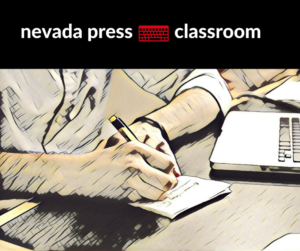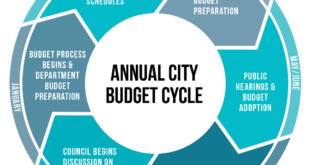David Beard’s Morning MediaWire from Poynter has these tips, and he promises more. Here’s the full column, where you can also sign up for the daily newsletter.
From Paul Janensch:
As an editor at four newspapers and an associate professor of journalism at Quinnipiac University, these were among the writing tips I bestowed on reporters and students:
- Think first. What is the story? Do I have all the information I need?
- Jot down an outline. Just a few words: the opening, bases to touch, kicker at end.
- Don’t start at the beginning. Start with what’s important. With a feature, the top can be an anecdote or surprising statement. But then get to the point.
- KISS: Keep it short and simple. Short words, short sentences, short paragraphs, short piece.
- When you have finished, you are not finished. Go over it carefully. Is it accurate? Is it crystal clear? What’s missing? What can be deleted? What should be rephrased?
From Tom Stites, president of the Banyan Project:
The best tip I ever got came from Ray Lyle, my first city editor, when I was a summer intern at The Kansas City Star: “News is what happened; talk is cheap.”
That was a long time ago, before not only the internet but also before cable news, and now we live in a world of information that’s miles deep in talk. This makes Lyle’s adage even more important now than it was when I first heard it.
From former NPR ombud Alicia “Lisa” Shepard:
- Write like you speak; write conversationally.
- Put me there, make me see = show, don’t tell.
- White space is your friend. Vary sentence length. MEGO (My Eyes Glaze Over) happens with huge blocks of type.
- Create some mystery in the lead that makes the reader want to move on. String pearls throughout the piece. Don’t give everything away at the beginning.
- Include the name of the dog, or the type of car a person drives; they both tell you something about the person.
- If you read something you like, pull it apart, analyze it. Why is it so good. Why do you want to keep reading?
- Read your copy out loud. Always. If it’s difficult for you, the writer, you can bet it will be for the reader.
From Pete Skiba:
 OK. I know it isn’t about writing, but without reporting, one can’t write non-fiction. My Rutgers journalism teacher Jim Moffatt, from The Philadelphia Inquirer, always said, “Leave the truth to philosophers; Give me the facts.”
OK. I know it isn’t about writing, but without reporting, one can’t write non-fiction. My Rutgers journalism teacher Jim Moffatt, from The Philadelphia Inquirer, always said, “Leave the truth to philosophers; Give me the facts.”
From John Robinson, former editor of the News & Record in Greensboro, North Carolina:
- The best writing is in rewriting.
- The key to good writing is better, deeper reporting.
Robinson says many of the best writing tips have come from Poynter’s Roy Peter Clark, particularly his “Fifty Writing Tools.” My favorites from this list include “Activate your verbs” (No. 3), “Watch those adverbs” (No. 5) and “Build your work around a key question” (No. 31).
From Steve Padilla, veteran editor at the Los Angeles Times (whose Twitter feed is dedicated to this subject):
Mark Twain once said: “Don’t say the lady screamed. Bring her on and let her scream.”
Let us know your favorite writing tips; email me at dbeard@poynter.org and I’ll share a few more in coming days.
 Nevada Press Association The best in Nevada journalism since 1924
Nevada Press Association The best in Nevada journalism since 1924



